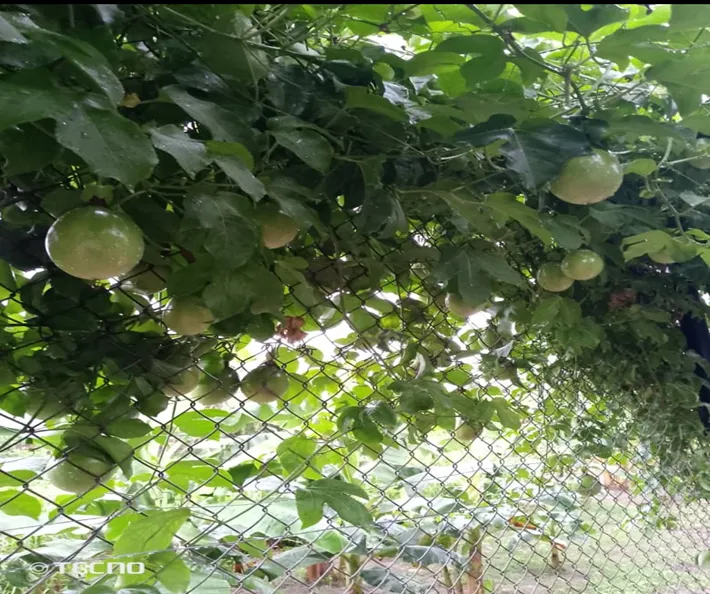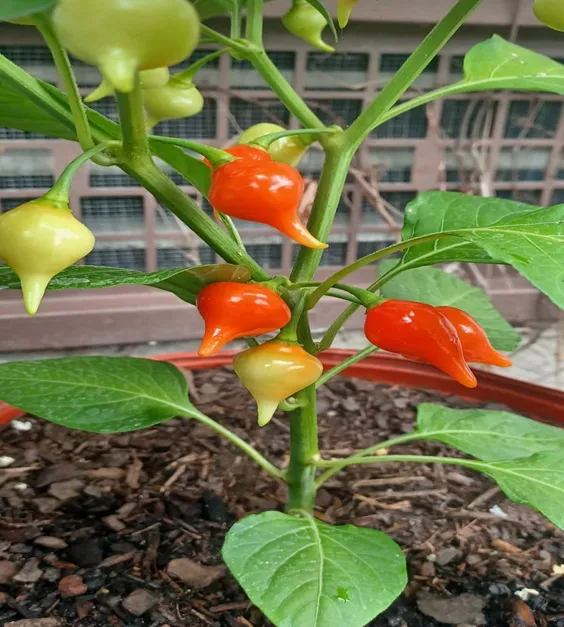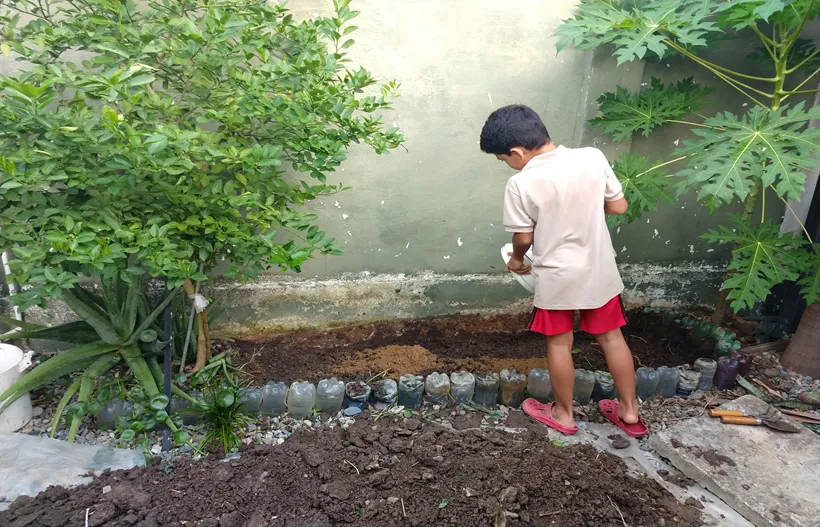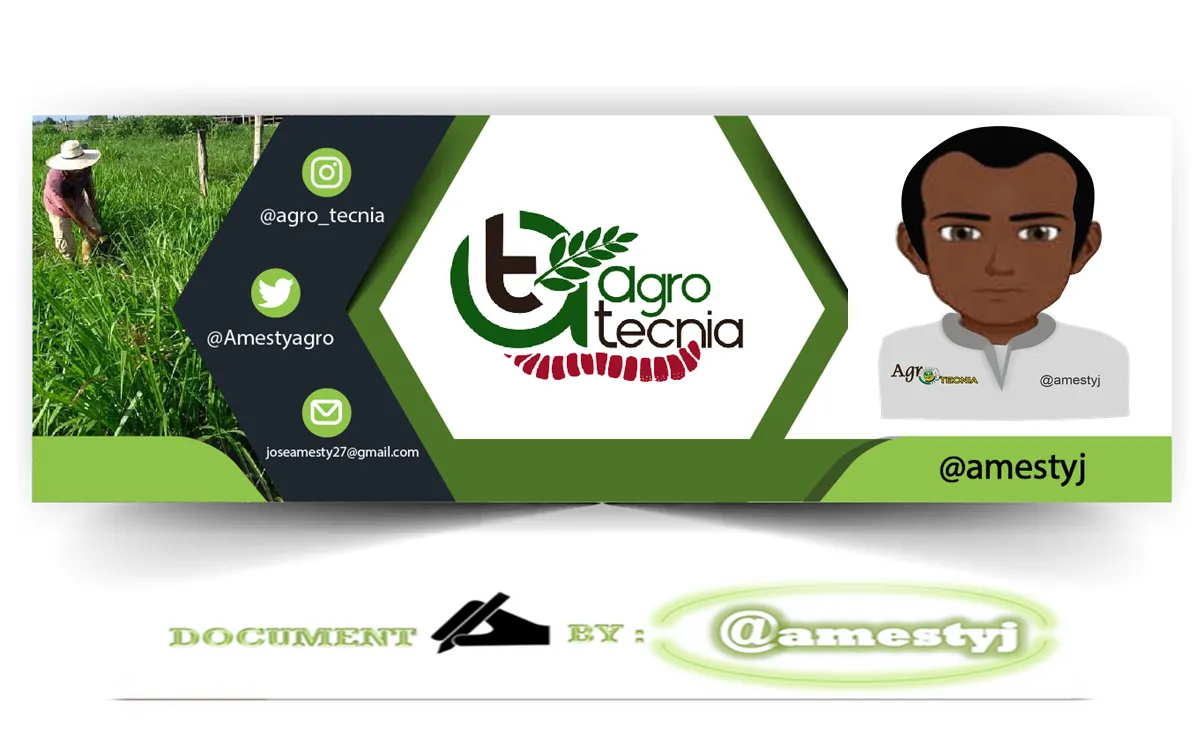Urban agriculture is much more than a trend; it is an ever-growing practice that transforms the way cities interact with their food and their environment. It refers to the production of food, its processing and distribution within or around urban areas, this activity ranges from small gardens on balconies to complex vertical farms or community projects, redefining the use of space and strengthening the link between inhabitants and nature in densely populated environments.

One of the main benefits of urban agriculture lies in its ability to improve food security and nutrition, by allowing people to grow their own food, or access locally grown fresh produce, reducing dependence on extensive and often vulnerable supply chains. This not only ensures easier access to nutritious vegetables and fruits, especially in areas with limited access to markets, but also encourages healthier eating habits and greater diversity in the diet of urban communities.
From an environmental perspective, urban agriculture contributes significantly to sustainability, by producing food close to where it is consumed, the carbon footprint associated with long-distance transportation, refrigeration and the use of fossil fuels is minimized. In addition, it allows the management of organic waste through composting, which in turn nourishes the soil of crops and promotes biodiversity by attracting pollinators and other beneficial species.

Beyond the food and environmental aspects, urban agriculture has a profound social and community impact. Community gardens, for example, become meeting points where neighbors can collaborate, share knowledge and strengthen social ties. These initiatives foster a sense of belonging and empowerment, transforming underutilized spaces into vibrant centers of productive activity.It is also an excellent educational tool, teaching children and adults about the life cycle of food and the importance of sustainability.
Although the benefits are clear, the implementation of urban agriculture faces several challenges. The availability and cost of suitable land in cities can be a major barrier. The quality of the soil, which could be contaminated in urban areas, requires analysis and possible treatments, in addition, the lack of agronomic knowledge among urban inhabitants and the need for clear regulatory frameworks by municipal authorities are obstacles that must be overcome for an effective expansion.
Fortunately, there are numerous opportunities to mitigate these challenges.Cities can integrate urban agriculture into their urban development plans by offering tax incentives or grants for community and commercial projects. Training programs and workshops are crucial to equip citizens with the necessary skills. Likewise, technological innovation, such as vertical agriculture or hydroponics and aquaponics systems, allows cultivation in confined spaces and with an efficient use of resources.

Urban agriculture also offers interesting economic benefits, for households, it can mean considerable savings in the shopping basket, on a larger scale, it can generate new employment opportunities in the cultivation, processing and sale of products, as well as in the creation of related businesses, such as urban nurseries or composting companies. This strengthens the local economy and creates a more resilient and equitable food value chain within the city.
Dear readers, in the future, urban agriculture is emerging as an essential component for the development of more sustainable and resilient cities. As urbanization continues, the ability to produce food locally will not only be an advantage, but a necessity. Integrating this practice into the architectural design of buildings, promoting technological innovation and encouraging citizen participation will be key to consolidating urban agriculture as a fundamental pillar of modern urban life, where fresh and healthy food is an accessible right for everyone.
| Bibliographic references |
|---|
- Hernández, L. (2009). Urban agriculture and characterization of its productive and social systems, as a way for food security in our cities. Tropical Crops, 27(4).
Sources
- Photography and images: All photographs are the property of the author @amestyj.
- Agrotecnia banner: made by the author @amestyj with own images
- Hive Banner: Designed by the author @amestyj with image owned by hive.


